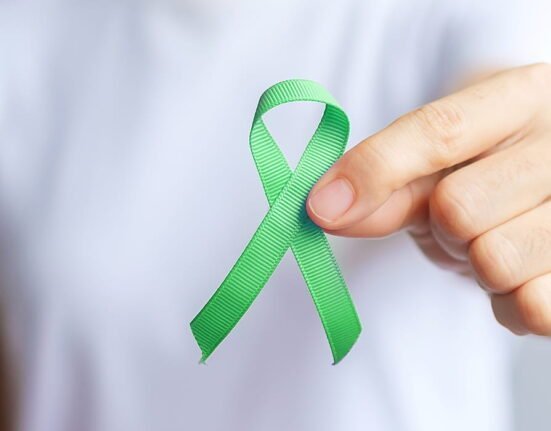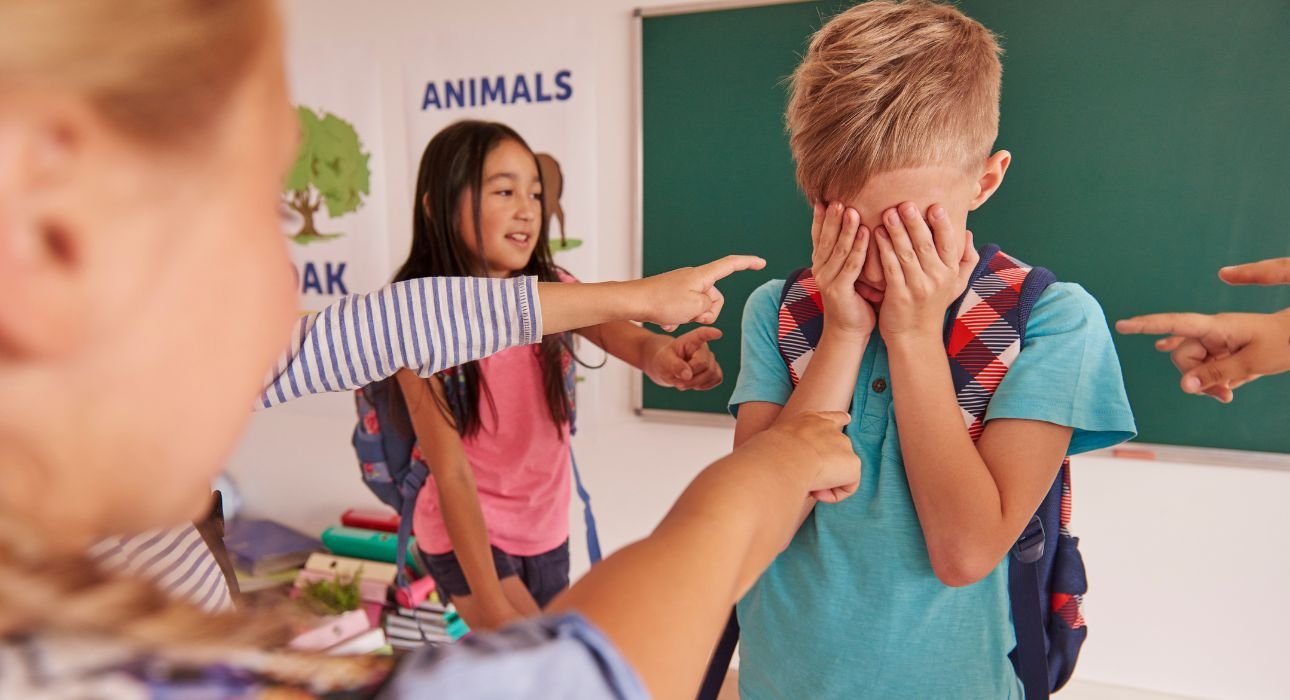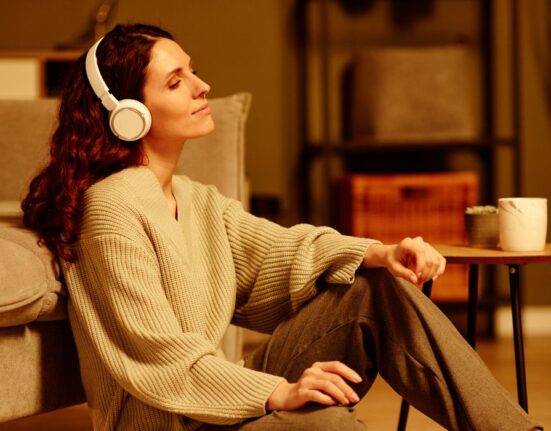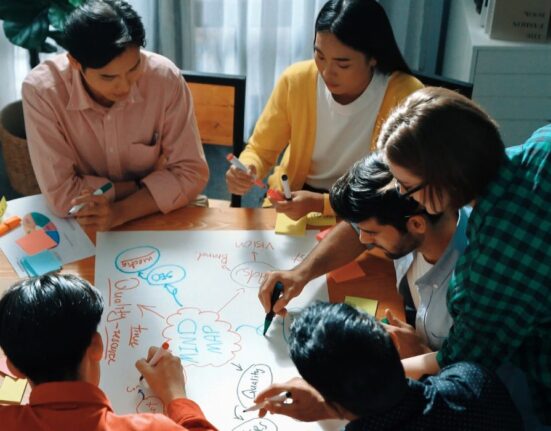In schools, harm does not always arrive in obvious packages. It can be quieter. Smaller. The kind of moments most people do not notice, a casual joke, a half-smile at the wrong time, or a remark like, “You’re really smart for someone like you,” or “Where are you actually from?” At first, these sound harmless. If you hear them once, maybe they are. But the fifth time? The tenth? The meaning changes. And for those in marginalised groups, such moments are far from rare.
These comments have roots. They arise from old stereotypes about race, gender, class, or disability that go quite unnoticed. The speaker might insist no harm was intended, but the intention does not undo the impact. With repetition, the sense of being on the “outside” deepens not because anyone said it outright, but because the atmosphere keeps saying it for them.
Read More: Understanding the Vital Role of a School Counsellors
When the Classroom Doesn’t Feel Like Home?
A classroom should feel like a place where every student is included. It does not always. Sometimes the signs are small: a teacher still stumbling over your name after months, skipping over material tied to your culture, or passing you over again when you raise your hand. Separately, these might feel like mistakes. Together, they form a pattern. And patterns send messages sometimes more loudly than words.
Research has been clear about this. Students who experience these repeated signals of exclusion often report feeling invisible (Sue et al., 2007). Withdrawal follows. Not from laziness or lack of care, but from the belief that no matter how much they contribute, it will not matter. The American Psychological Association (2017) warns that such experiences can foster anxiety, low self-worth, and emotional strain that does not vanish after graduation.
Read More: Single-Sex Schools and Their Impact on Children
It Builds Up Even When You Try to Shake It Off
One offhand remark is easy to brush off; most people can do it. But when it becomes a weekly, almost predictable occurrence, it changes things. You start rehearsing what you will say before you speak. You consider your clothes. You keep an eye on your tone. All these small adjustments, not because you want to, but because you are trying to avoid another moment you would rather skip.
Smith, Allen, and Danley (2007) called this racial battle fatigue. The term describes the physical, mental, and emotional toll of living under constant low-level discrimination. And it is not just race. LGBTQIA+ students, students with disabilities, and others navigating similar territory report the same vigilance (Nadal et al., 2014). In fact, waiting for the bracing yourself for the next comment can be as draining as the moment itself. Over time, the weight builds. And yes, it can lead to depression, burnout, or a quiet detachment from learning.
Most will not talk about it. Why would they? There is the risk of being told they are “overreacting” or imagining the whole thing. Silence, in such cases, feels safer — even when it is heavier.
Schools Can’t Afford to Ignore This
Addressing microaggressions is not about perfection or censorship. It is about fairness — the everyday kind that says everyone in the room matters. Schools that want students to do well cannot allow some of them to feel like permanent guests. Solutions do not need to be dramatic. Learn names and say them properly. Select materials that reflect different histories and voices. Pay attention to who speaks in class, and who never gets the chance. These details matter more than what it might look like. Along with them, schools need trained counsellors, a safe space for students to speak up, and forums where conversations about identity and inclusion are part of the culture rather than being an occasional add-on.
Read More: Can Teaching Peace in Schools Really Change Young Minds?
This Isn’t Just About Hurt Feelings
It is easy to dismiss these incidents as being oversensitive, but that just makes us miss the point. Microaggression is not just about what is said. It is about what is reinforced: who is made to feel belonged, who is listened to, and who is overshadowed. If those signals go unchallenged, they shape self-image, limit aspirations, and narrow the way students see their future.
Schools that act as if this does not matter are saying something, too, and not something good. On the other hand, schools that make the effort, however imperfect, are saying something entirely different. Perfection is not the goal. Steady, visible effort is. Listening, adjusting, trying again. Students remember all of this. And in the long run, these are what help them feel they truly belong.
Conclusion
Small things, repeated often, leave deep marks. Microaggressions can chip away at a student’s confidence, their engagement, and even their mental health. Educators and institutions have a responsibility to recognise these patterns and respond. That response does not have to be flawless, but it must be consistent. A school that notices, listens, and acts is not just improving test scores it is helping shape students who believe in their worth.
FAQs
1. What exactly is a microaggression?
A microaggression is a subtle comment, question, or action that can be hurtful or dismissive toward someone based on their race, gender, class, disability, or other identity. It is usually unintentional, but it can still make the person feel excluded or disrespected.
2. Are microaggressions always intentional?
No, many people do not realise they are being hurtful. A teacher repeatedly mispronouncing a student’s name or asking “Where are you really from?” might not mean harm, but the impact can still be negative.
3. How do microaggressions affect students in the long run?
Over time, repeated microaggressions can lower a student’s confidence, increase stress, and make them feel like they do not belong. If ignored, these feelings can lead to anxiety, depression, or even long-term emotional fatigue.
4. Can microaggressions affect academic performance?
Yes. Students who feel excluded often participate less in class, hesitate to ask for help, and may lose interest in learning. This emotional strain can indirectly affect their grades and overall school experience.
5. What can schools do to reduce microaggressions?
Schools can start by creating awareness among teachers and students, including training on cultural sensitivity and inclusion. Small changes—like learning names correctly, listening to student concerns, and offering mental health support—can make a big difference.
References +
American Psychological Association. (2017). Ethnic and racial disparities in education: Psychology’s contributions to understanding and reducing disparities. https://www.apa.org/ed/resources/racial-disparities
Nadal, K. L., Wong, Y., Griffin, K. E., Davidoff, K., & Sriken, J. (2014). The adverse impact of racial microaggressions on college students’ Self-Esteem. Journal of College Student Development, 55(5), 461–474. https://doi.org/10.1353/csd.2014.0051
Smith, W. A., Allen, W. R., & Danley, L. L. (2007). “Assume the position . . . you fit the description.” American Behavioural Scientist, 51(4), 551–578. https://doi.org/10.1177/0002764207307742
Sue, D. W., Capodilupo, C. M., Torino, G. C., Bucceri, J. M., Holder, A. M. B., Nadal, K. L., & Esquilin, M. (2007). Racial microaggressions in everyday life: Implications for clinical practice. American Psychologist, 62(4), 271–286.https://doi.org/10.1037/0003-066x.62.4.271













Leave feedback about this